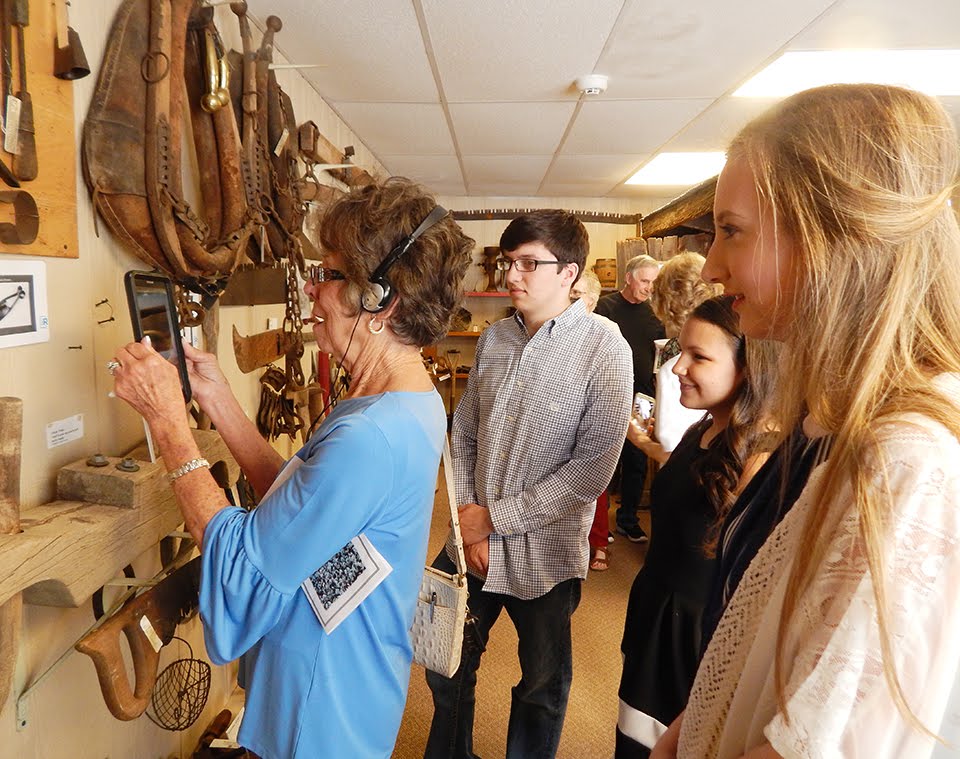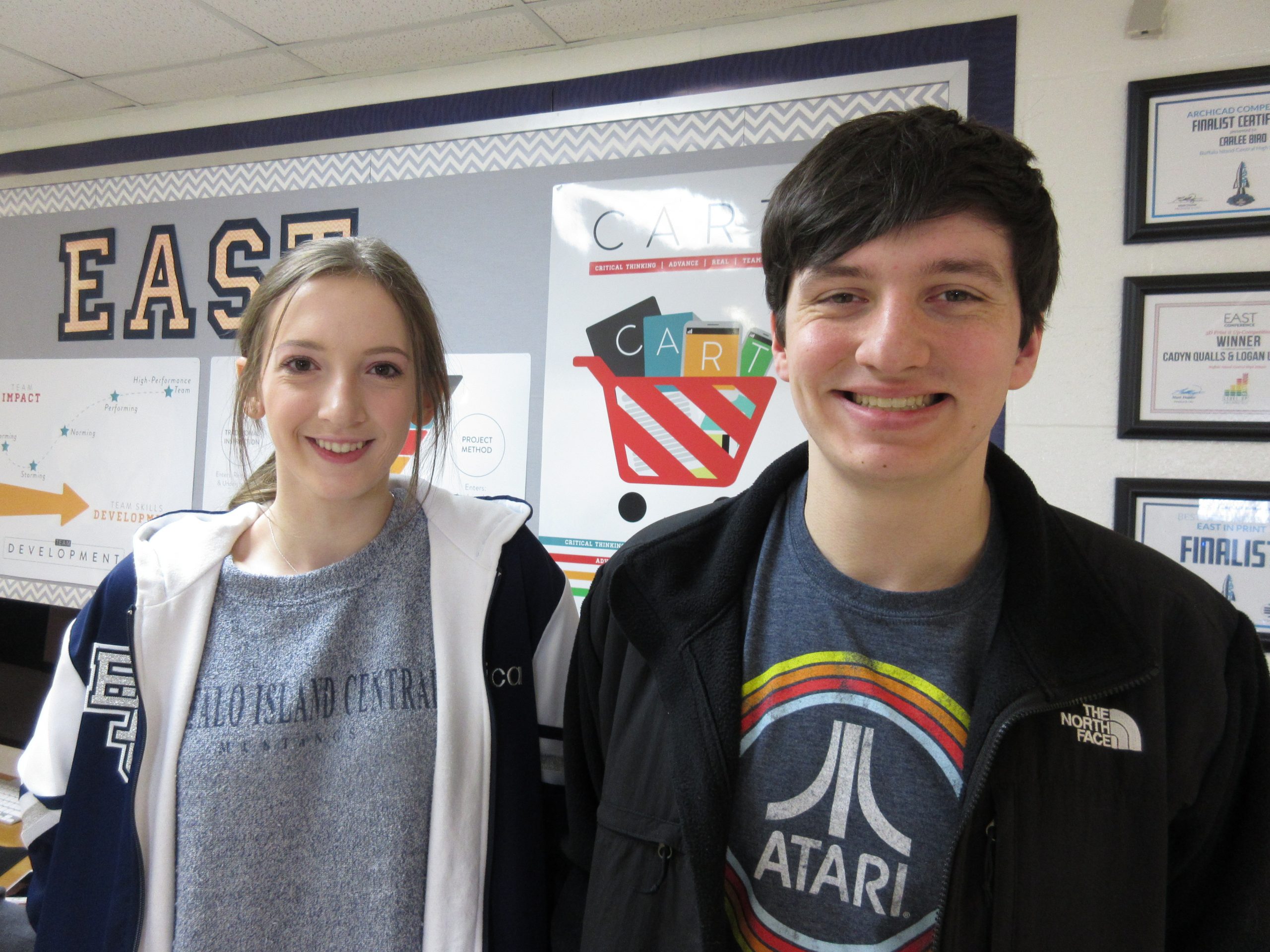calsfoundation@cals.org
Buffalo Island Central High School: The Way We Worked

Project Name: The Way We Worked, a Stories: YES Exhibit
Project Team: Erica Hurst & Colin Weatherly
EAST Facilitator: Jill Sanders
Our project started as a partnership with the EAST Initiative and the Smithsonian’s Museum on Main Street Stories: YES program. The theme for this project was “The Way We Worked”. We wanted to share the story of how Buffalo Island transformed from swamp land to being part of the largest row crop county in the nation. The largest demographic of people who live in our small-town community is quickly growing to be teenagers, and almost none of them know the rich history of our area. We sought to change that. This story was through an Esri Story Map and an educational Google Slides presentation that we paired with the HP Reveal app. The Story Map includes historical photos, primary source videos, and captions from a local historian. We began gathering our sources by thinking of who in town would really know what working the land was like. One of the first people to pop in our minds was Nan Snider, a historian who has written several books on this exact topic. Then, we contacted some of the older farmers who could give us first-hand stories about their childhood experiences harvesting crops. We shared this story with our community by displaying “Trigger Images” around the farm tools exhibit in the Buffalo Island Museum in Monette, which were printed out as cards and placed next to the corresponding farm tool in the museum. When scanned by the HP Reveal app, these images would transform into a video that explains what role those tools had in transforming our land. Also, because of a grant awarded to us by Stories: YES, Buffalo Island Museum was able to purchase three iPads that visitors to the museum can use with this new interactive exhibit. Anyone who visits can now access the videos. Also, the Story Map is shown on a public TV in the Museum’s lobby. Buffalo Island Museum volunteers asked us this year if we would create a DVD with a video on it of the entire story map. That way the map is always being played when the museum is open for visitors. Last May, our EAST program along with volunteers from Buffalo Island Museum hosted a grand opening of the interactive farm tools display. Community members were invited to explore and learn at the museum. We also invited all of the 4th-grade classes to tour the museum on this day. Students enjoyed learning about how Buffalo Island changed from swamp to farmland using the new iPads. If we were to do this project again, the one thing we would do differently would be to learn the technology quicker. While learning to use the HP Reveal app, we had lots of lapses and re-dos. If we had learned the technology quicker, we might have been able to display even more Trigger Images in the Museum. This year we’ve been able to share details with how we went about creating this project with several other EAST programs.

The Butler Center for Arkansas Studies at the Central Arkansas Library System is dedicated to preserving the heritage and history of the communities we serve and to collaborate with other groups to build strong community-wide information resources. To assist us in accomplishing this goal, we are challenging EAST programs to collect, archive, and share local history that is important to your community. The most successful entries will use a variety of sources and media types to find and analyze historical evidence and to tell the compelling stories of their town using media technology in creative ways.




